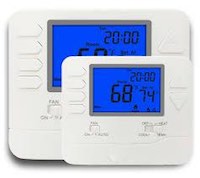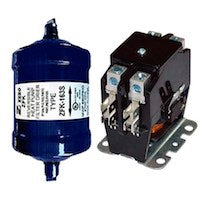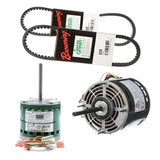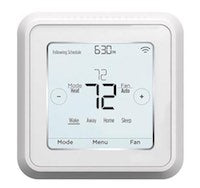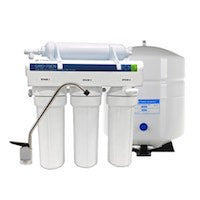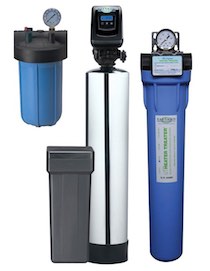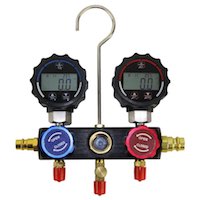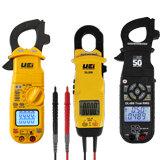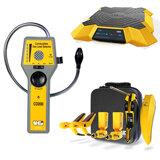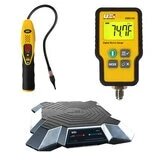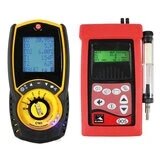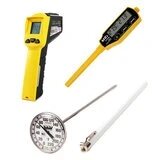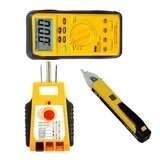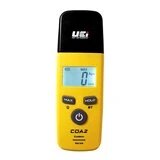
The Ultimate Guide to Voltage Monitors
Introduction to Voltage Monitors
Voltage monitors are essential tools in various industries, ensuring the stability and safety of electrical systems. These devices continuously observe voltage levels and provide alerts when deviations occur, preventing potential damage to equipment and systems.
Importance of Voltage Monitors
In today’s technologically advanced world, the reliability of electrical systems is crucial. Voltage monitors play a key role in maintaining this reliability by detecting abnormal voltage levels. This early detection helps in avoiding costly repairs and downtime, making voltage monitors indispensable in both industrial and residential settings.
How Voltage Monitors Work
Voltage monitors operate by measuring the voltage in a circuit and comparing it to predefined thresholds. If the voltage falls outside these thresholds, the monitor triggers an alarm or shuts down the system to prevent damage. These monitors can be used in various applications, including power supply systems, battery charging, and renewable energy installations.
Types of Voltage Monitors
There are several types of voltage monitors available, each designed for specific applications:
- Analog Voltage Monitors: These provide continuous monitoring and are ideal for simple applications.
- Digital Voltage Monitors: Offering more precision, these are suitable for complex systems requiring detailed monitoring.
- Programmable Voltage Monitors: These allow users to set custom voltage thresholds and are perfect for tailored applications.
Benefits of Using Voltage Monitors
The primary benefits of using voltage monitors include:
- Protection: They safeguard equipment from voltage fluctuations that can cause damage.
- Efficiency: By maintaining optimal voltage levels, these monitors enhance the efficiency of electrical systems.
- Cost Savings: Preventing equipment damage and system downtime leads to significant cost savings in the long run.
Applications of Voltage Monitors
Voltage monitors are used in various fields such as:
- Industrial Automation: Ensuring the smooth operation of machinery and preventing unexpected shutdowns.
- Telecommunications: Maintaining stable power supply for uninterrupted communication services.
- Renewable Energy: Monitoring voltage levels in solar and wind energy systems to ensure efficient energy conversion.
Choosing the Right Voltage Monitor
When selecting a voltage monitor, consider the following factors:
- Application Requirements: Identify the specific needs of your application, such as voltage range and response time.
- Accuracy: Ensure the monitor provides accurate and reliable readings.
- Ease of Installation: Opt for monitors that are easy to install and configure.
- Durability: Choose a monitor that can withstand harsh environmental conditions if necessary.
Conclusion
Voltage monitors are vital for maintaining the stability and efficiency of electrical systems. By providing early detection of voltage anomalies, these devices protect equipment, enhance performance, and save costs. Whether in industrial automation, telecommunications, or renewable energy, voltage monitors are an essential component for ensuring reliable electrical system operation.

 HVAC
HVAC
 Plumbing
Plumbing
 ELECTRICAL
ELECTRICAL
 Tools & Test Instruments
Tools & Test Instruments


